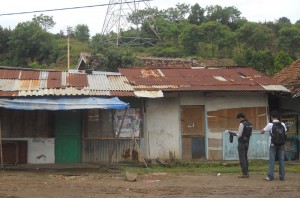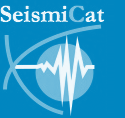About
ImageCat is an international risk management innovation company supporting the global risk and catastrophe management needs of the insurance industry, governments and NGOs.
As a leading provider of risk and disaster management technologies, ImageCat is highly regarded for cutting-edge products, services, and R&D activities, targeting decision support needs at all phases of the disaster management cycle.
The exposure data people
ImageCat provides exposure data services ranging from data development to data profiling and augmentation. We have developed multi-resolution exposure data products across the globe and led exposure development activities for the Global Earthquake Model.
Cat Response pedigree
Our post-disaster response products provide an evidenced-based assessment of damage and impact, ranging from flood boundary extents to damage classification and ground-up loss assessment for earthquakes. We have responded to over 40 major disasters including the 2011 Japan tsunami; Haiti, Chile and Christchurch earthquakes; US hurricanes (including Katrina and Sandy). Our post-event data catalog is available exclusively in our Inhance® analytics platform.
Earthquake expertise
ImageCat’s engineering, seismology and software development teams have developed a number of innovative solutions to help understand seismic risk. The SeismiCat earthquake model offers portfolio risk assessment, or single-site engineering-based loss results across the US. Our pioneering Robust Simulation methods mean that uncertainties in the model are exposed, reducing the incidents of devastating ‘black swan’ losses that can result from conventional modelling approaches.
We encourage different perspectives
ImageCat is made up of a small but dedicated team of engineers, scientists, programmers, and geospatial professionals. This diversity of backgrounds allows us to approach our risk technologies from many perspectives. With a deep understanding of the insurance, humanitarian and research fields, ImageCat consistently delivers tailored solutions to help increase awareness of catastrophe risk to help reduce overall human and economic losses.

 562 628 1675
562 628 1675 


